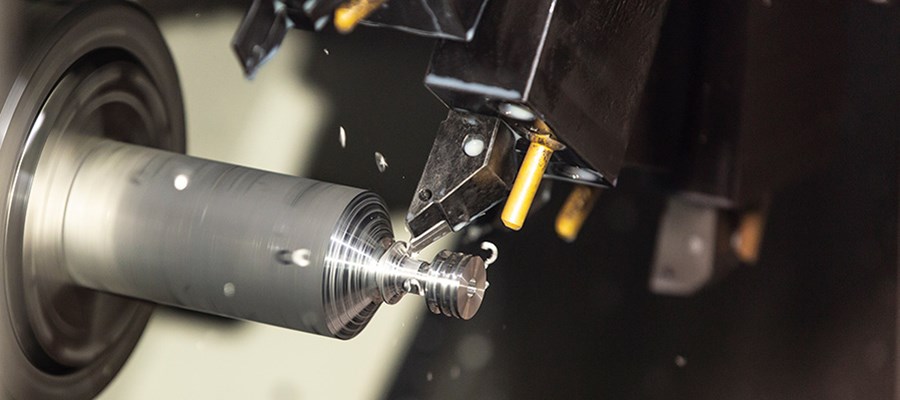
Titanium alloys have excellent mechanical properties but poor process properties, which leads to the contradiction that their application prospects are promising but processing is difficult. In this paper, by analyzing the metal cutting performance of titanium alloy materials, combined with many years of practical work experience, the selection of titanium alloy cutting tools, the determination of cutting speed, the characteristics of different cutting methods, machining allowances and processing precautions are discussed. It expounds my views and suggestions on the machining of titanium alloys.
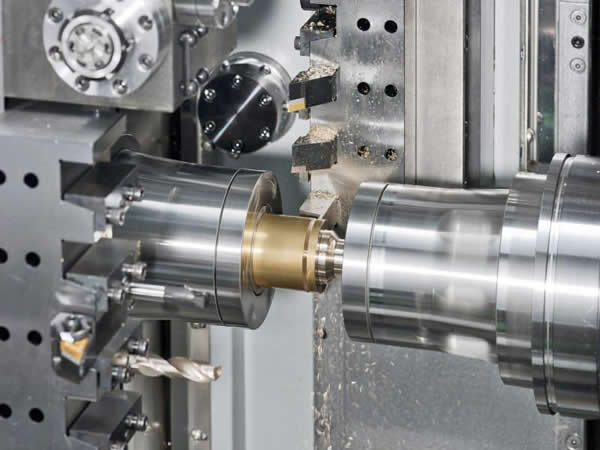
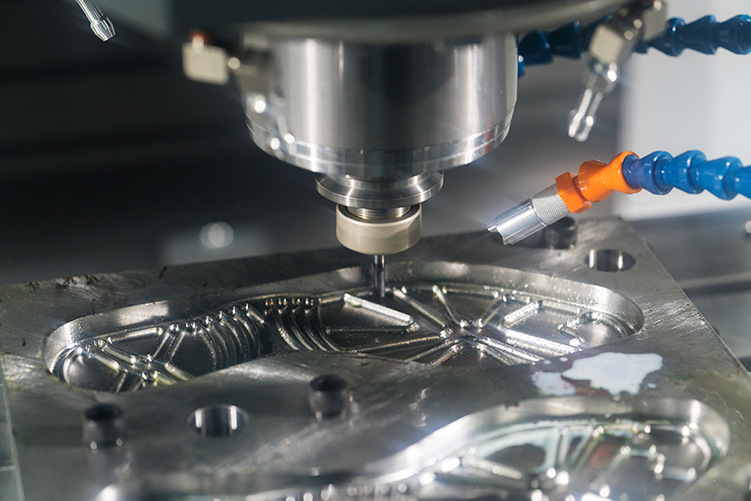
Titanium alloy has low density, high specific strength (strength/density), good corrosion resistance, high heat resistance, good toughness, plasticity and weldability. Titanium alloys have been widely used in many fields. However, poor thermal conductivity, high hardness, and low elastic modulus also make titanium alloys a difficult metal material to process. This article summarizes some technological measures in the machining of titanium alloys based on its technological characteristics.
The main advantages of titanium alloy materials
(1) Titanium alloy has high strength, low density (4.4kg/dm3) and light weight, which provides a solution for reducing the weight of some large structural parts.
(2) High thermal strength. Titanium alloys can maintain high strength under the condition of 400-500℃ and can work stably, while the working temperature of aluminum alloys can only be below 200℃.
(3) Compared with steel, the inherent high corrosion resistance of titanium alloy can save the cost of daily operation and maintenance of aircraft.
Analysis of machining characteristics of titanium alloy
(1) Low thermal conductivity. The thermal conductivity of TC4 at 200 °C is l=16.8W/m, and the thermal conductivity is 0.036 cal/cm, which is only 1/4 of steel, 1/13 of aluminum and 1/25 of copper. In the cutting process, the heat dissipation and cooling effect are poor, which shortens the tool life.
(2) The elastic modulus is low, and the machined surface of the part has a large rebound, which leads to an increase in the contact area between the machined surface and the flank surface of the tool, which not only affects the dimensional accuracy of the part, but also reduces the tool durability.
(3) The safety performance during cutting is poor. Titanium is a flammable metal, and the high temperature and sparks generated during micro-cutting may cause titanium chips to burn.
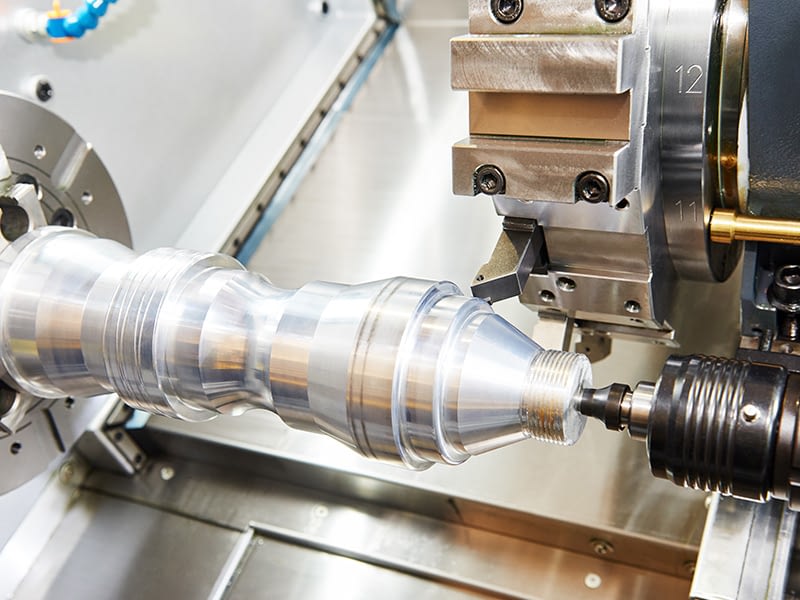
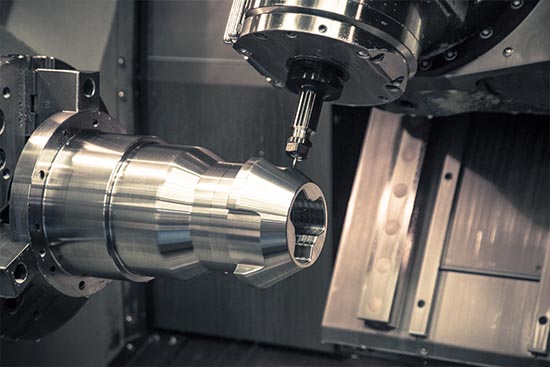
(4) Hardness factor. Titanium alloys with a low hardness value will be sticky when machining, and the chips will stick to the cutting edge of the rake face of the tool to form a built-up edge, which affects the machining effect; titanium alloys with a high hardness value are prone to chipping and abrasion of the tool during machining. These characteristics lead to the low metal removal rate of titanium alloy, which is only 1/4 of that of steel, and the processing time is much longer than that of steel of the same size.
(5) Strong chemical affinity. Titanium can not only chemically react with the main components of nitrogen, oxygen, carbon monoxide and other substances in the air to form a hardened layer of TiC and TiN on the surface of the alloy, but also react with the tool material under the high temperature conditions generated by the cutting process, reducing the cutting tool. of durability.
Post time: Feb-08-2022
